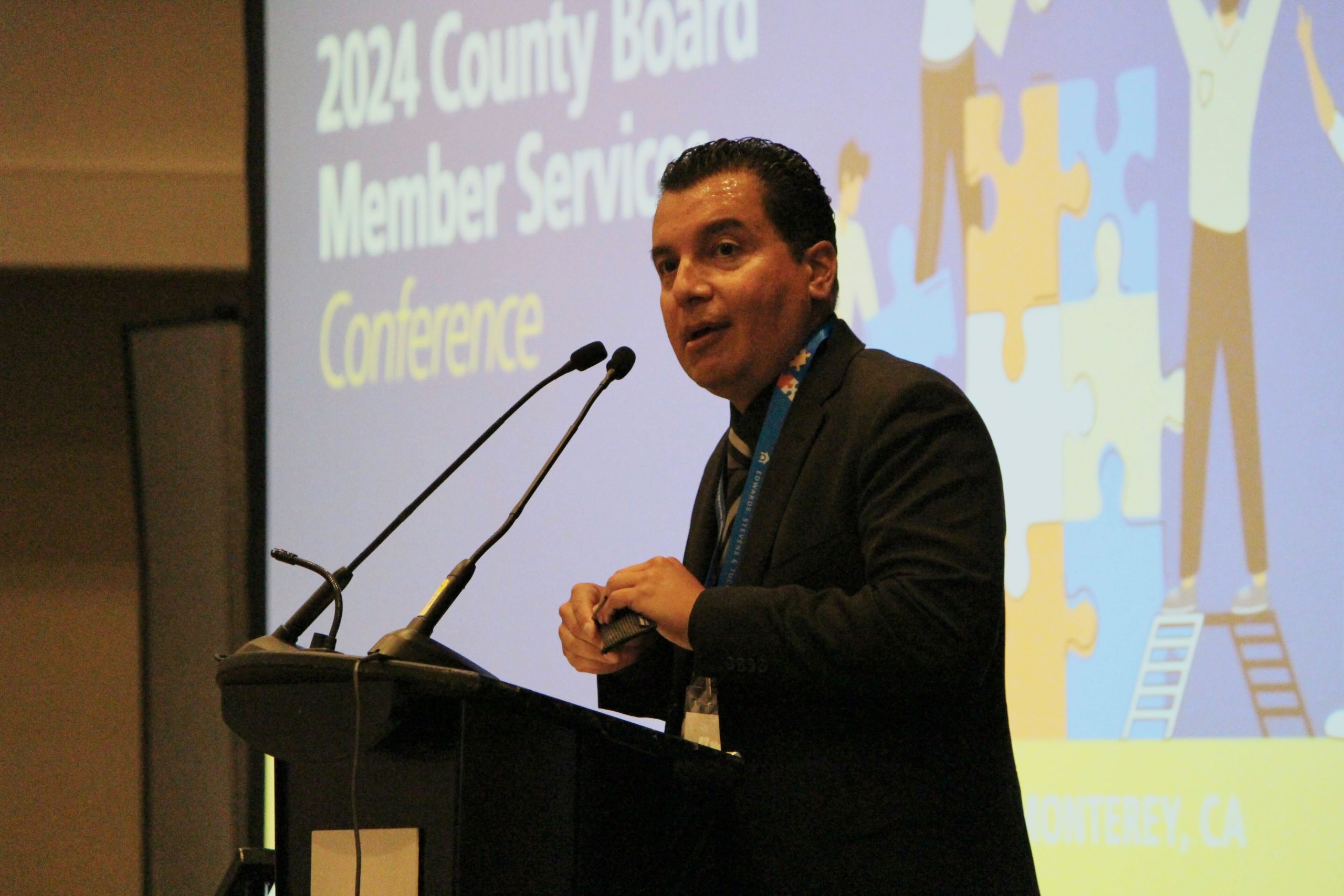Although Gov. Gavin Newsom’s Executive Order N-29-20 authorizes electronic board meetings, board members need to ensure that they are not inadvertently conducting a meeting by discussing, deliberating or taking action on any item of district or county office of education business outside of a public meeting. This can happen by way of a serial communication, such as if board member A sends a text or email to board member B, who then sends an electronic communication to board member C and down the line with the result that a majority of the board has discussed a particular issue.
It can also occur if board members A, B and C all text or email board member D with their thoughts on a particular topic, or if a member of the community poses a question on a social media page and a majority of the board responds. The situation can also occur if an intermediary, such as the superintendent, discusses a particular item with board members A, B and C individually, but conveys in the conversations the thoughts of the other board members.
However, board members are not prohibited from using electronic communications to ask the superintendent informational questions, nor are they limited in their ability to electronically disseminate board meeting agendas and agenda packets, reports of activities from the superintendent or meeting reminders. Additionally, the Brown Act does not preclude board members from using electronic communications to discuss matters that do not pertain to district or county office of education business, regardless of the number of board members participating in the discussion.
Board members may find greater ease in using their own personal electronic devices, especially while at home where personal devices might be easier to access. This temptation should be avoided, if possible, as personal mobile phones or computers could become subject to a California Public Records Act request. Electronic communications received, sent or stored on personal electronic devices are potentially subject to a public records act request depending on the content of the communication and whether it is “prepared, owned, used, or retained” by the district or COE in its normal course of business. As a result, board members are encouraged to use only local educational agency-provided devices or accounts when communicating about official business. If these types of communications are transmitted through a board member’s personal device or account, the communication should be copied to an LEA electronic storage device for easy retrieval.
Board members may find themselves receiving an increase in emails or texts from students, parents or guardians, and community members who are also living in the COVID-19 virtual world. When responding to such communications it is important to abide by the same standards and protocols established for other communications, and to make clear that the response is a personal one and does not necessarily reflect the views of the board as a whole.
To further explore the use of electronic devices for communications, board members may want to review CSBA’s sample Board Bylaw 9012 – Board Member Electronic Communications and Board Bylaw 9320 – Meetings and Notices.





